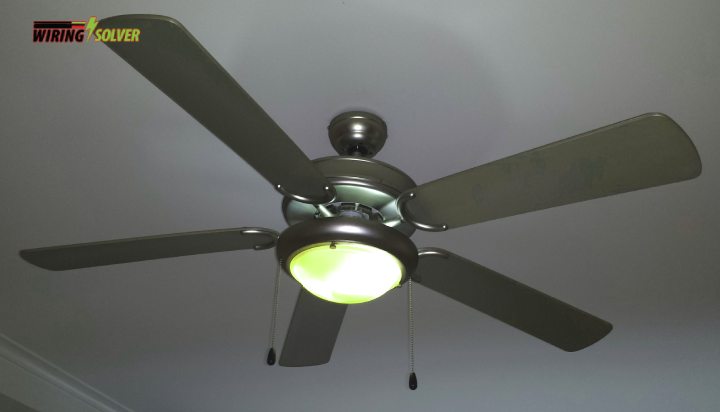Ceiling fan design plays a crucial role in determining the cooling efficiency and overall performance of a fan. One common question among homeowners is whether more fan blades result in better cooling. In this article, we’ll dive into this topic and discuss the factors that contribute to a ceiling fan’s cooling efficiency.
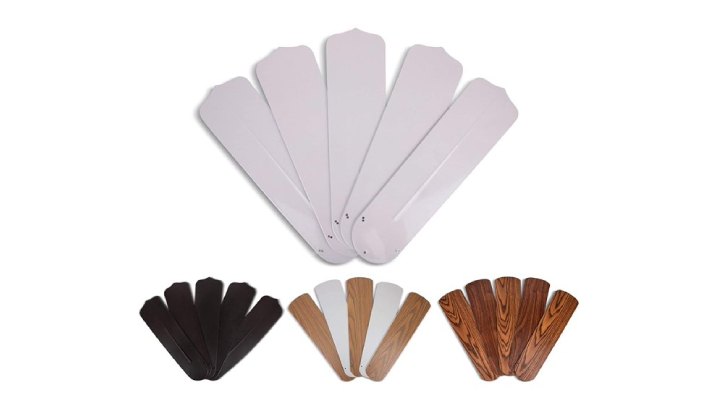
Factors Affecting Ceiling Fan Cooling Efficiency
When evaluating a ceiling fan’s cooling efficiency, it’s essential to consider several factors:
- Blade pitch: The angle at which the blades are tilted affects the amount of air that the fan can circulate. A steeper pitch usually results in better airflow.
- Blade shape and size: Wider and longer blades can help move more air, while the shape of the blades can impact their aerodynamic properties.
- Motor power: A more powerful motor enables a fan to operate at higher speeds and circulate more air.
- Fan speed: A higher fan speed can increase the airflow, resulting in better cooling.
Number of Fan Blades: Advantages and Disadvantages
The number of blades on a ceiling fan can have both positive and negative effects on its performance:
Fewer blades (3-4)
Pros:
Cons:
More blades (5-6)
Pros:
Cons:
Balancing Aesthetics, Efficiency, and Performance
When choosing a ceiling fan, it’s essential to consider your personal preferences and the requirements of the room:
Conclusion
While the number of fan blades can influence a ceiling fan’s cooling efficiency, other factors such as blade pitch, shape, size, and motor power also play a significant role. It’s essential to consider all these factors when selecting a ceiling fan that balances aesthetics and performance. By doing so, you can ensure that you choose a fan that effectively cools your space while also fitting your personal style.

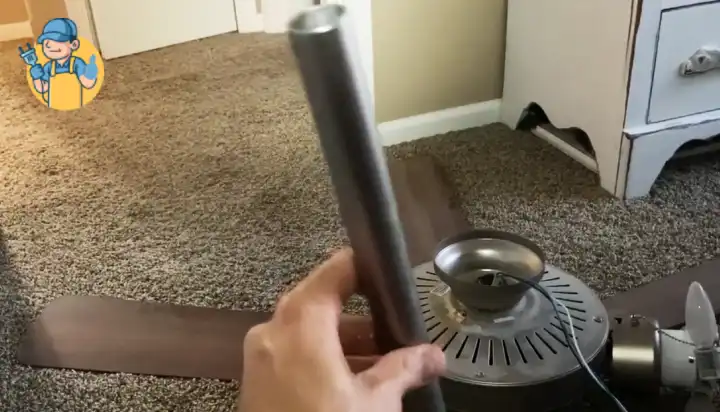
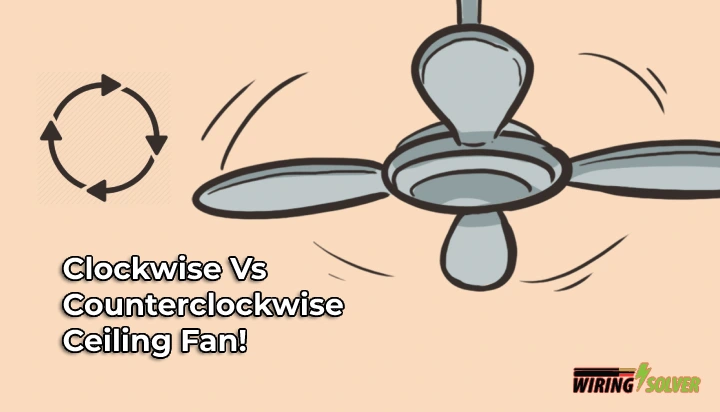
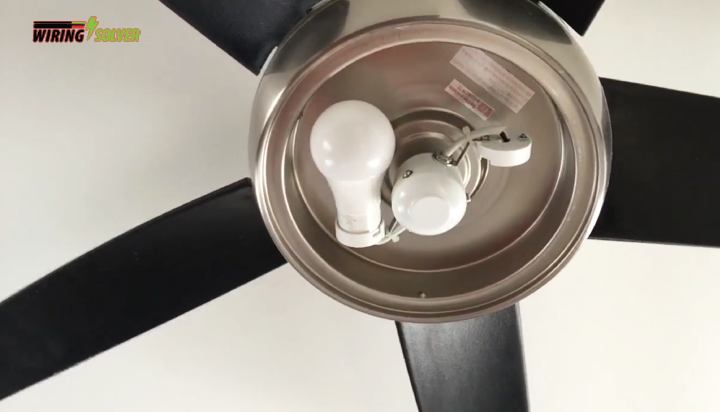
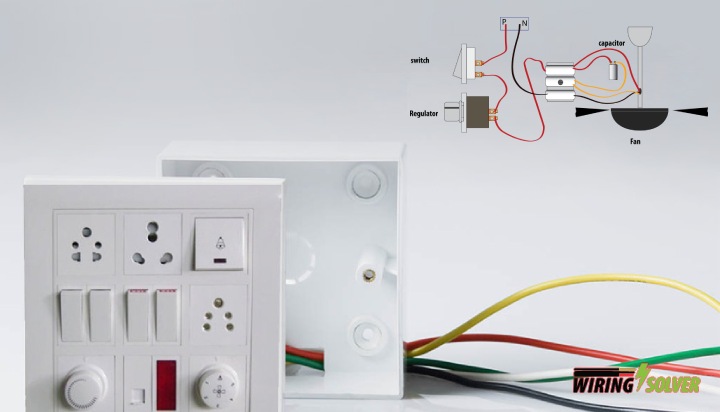
![Harbor Breeze Ceiling Fan Remote Not Working! [Solved]](https://wiringsolver.com/wp-content/uploads/2022/05/Harbor-Breeze-Ceiling-Fan-Remote-Not-Working.jpeg)
